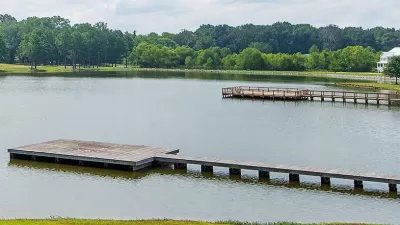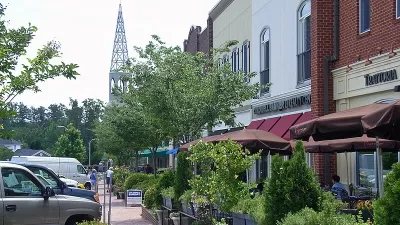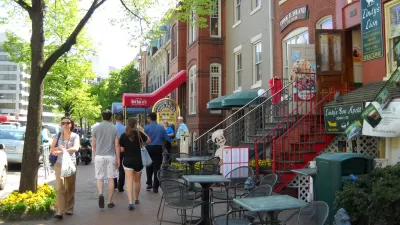Developer Casey Roloff has built an ambitious new community on the Washington coast with New Urbanist ideas and a Northwest flavor.
"Seabrook, as Roloff explains it, resonates with people because it has expanded on the tricks of town building, aka new urbanism, pioneered with the creation of Seaside, Fla., in 1979.
Roloff made a pilgrimage there before he started Seabrook. He also employed Laurence Qamar, a Portland architect who studied under the architects who founded Seaside, as Seabrook's town planner. He also hired, as Seabrook's director of town development, Stephen Poulakos, a landscape architect who helped create the new urbanist community of Rosemary Beach, Fla.
Building Seabrook works like this: Rather than wipe the 88 acres clean, the town gets placed into its natural setting. Most lots kept some fir, pine or alder. No one has a lawn, but the small yards incorporate Oregon grape, Maidenhair fern, salal and other native plants. The homes, fences and benches incorporate untreated cedar, which gives Seabrook the appearance that it has existed for years.
The town layout, just as Qamar drew it, includes arcing streets and alleys. Homes have covered front porches pushed up to the sidewalks to encourage conversations between homeowners and passers-by. As you get farther from the town center, the sidewalks, curbs and gutters disappear, in favor of paths made of ground oyster shells from Willapa Bay."
FULL STORY: Seabrook's young visionary

Trump Administration Could Effectively End Housing Voucher Program
Federal officials are eyeing major cuts to the Section 8 program that helps millions of low-income households pay rent.

Planetizen Federal Action Tracker
A weekly monitor of how Trump’s orders and actions are impacting planners and planning in America.

Ken Jennings Launches Transit Web Series
The Jeopardy champ wants you to ride public transit.

California Invests Additional $5M in Electric School Buses
The state wants to electrify all of its school bus fleets by 2035.

Austin Launches $2M Homelessness Prevention Fund
A new grant program from the city’s Homeless Strategy Office will fund rental assistance and supportive services.

Alabama School Forestry Initiative Brings Trees to Schoolyards
Trees can improve physical and mental health for students and commnity members.
Urban Design for Planners 1: Software Tools
This six-course series explores essential urban design concepts using open source software and equips planners with the tools they need to participate fully in the urban design process.
Planning for Universal Design
Learn the tools for implementing Universal Design in planning regulations.
Ada County Highway District
Clanton & Associates, Inc.
Jessamine County Fiscal Court
Institute for Housing and Urban Development Studies (IHS)
City of Grandview
Harvard GSD Executive Education
Toledo-Lucas County Plan Commissions
Salt Lake City
NYU Wagner Graduate School of Public Service





























